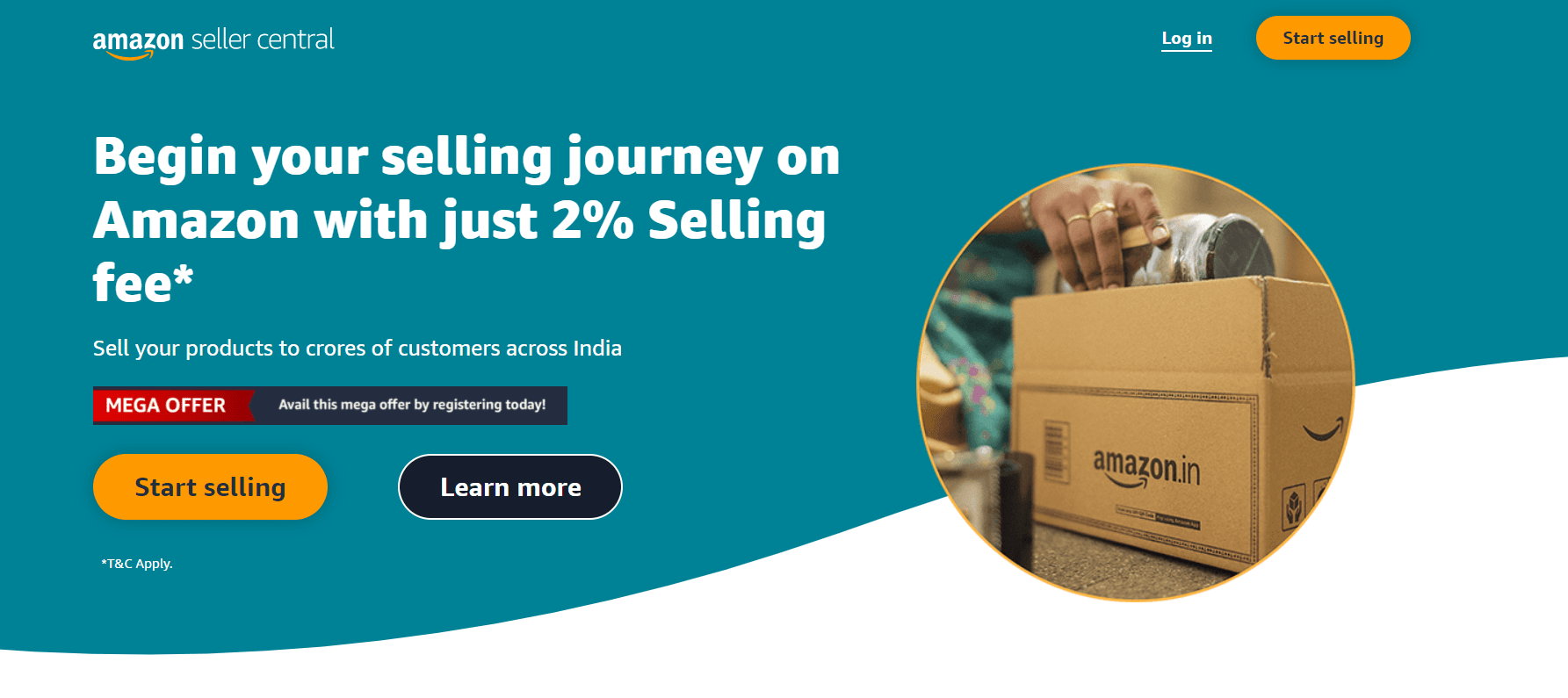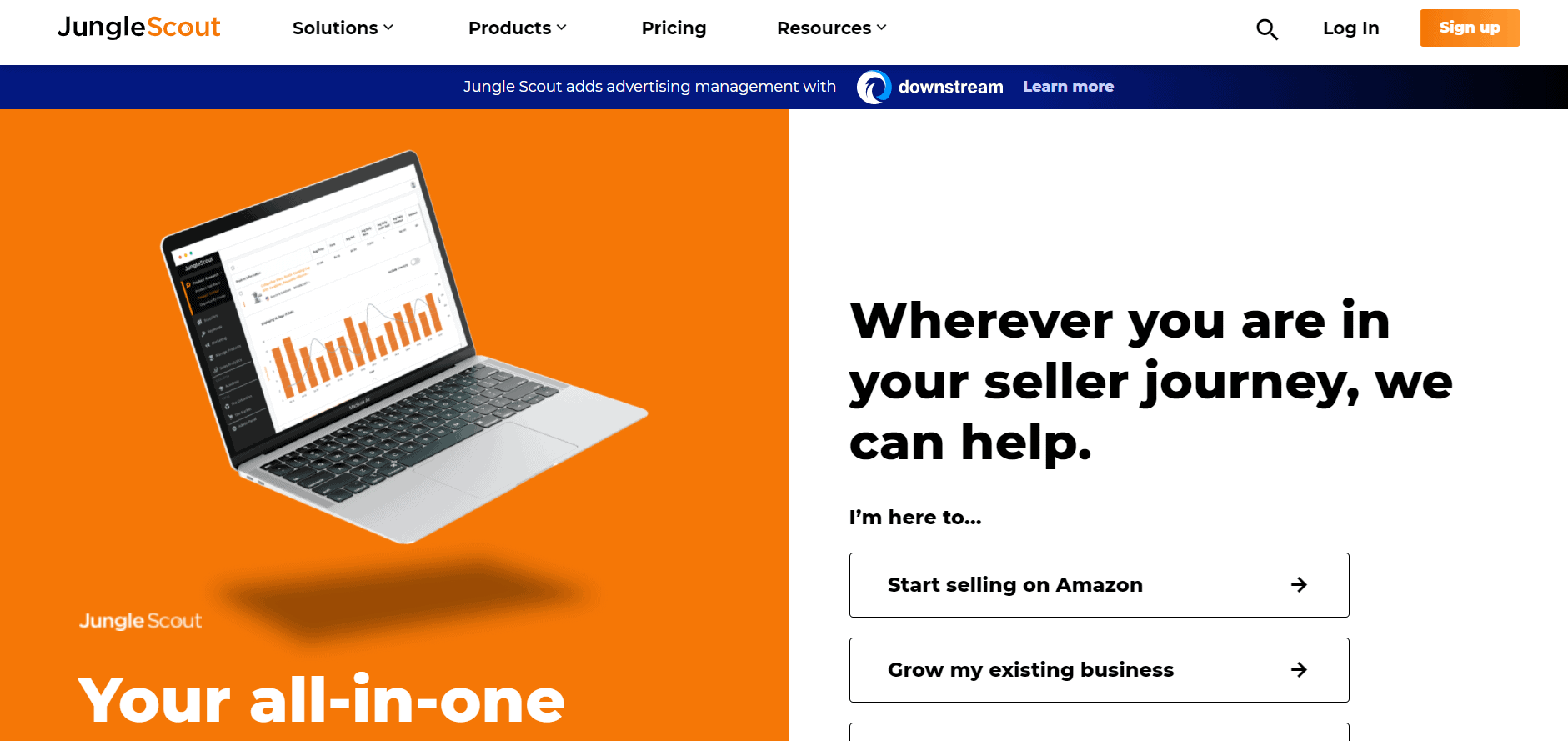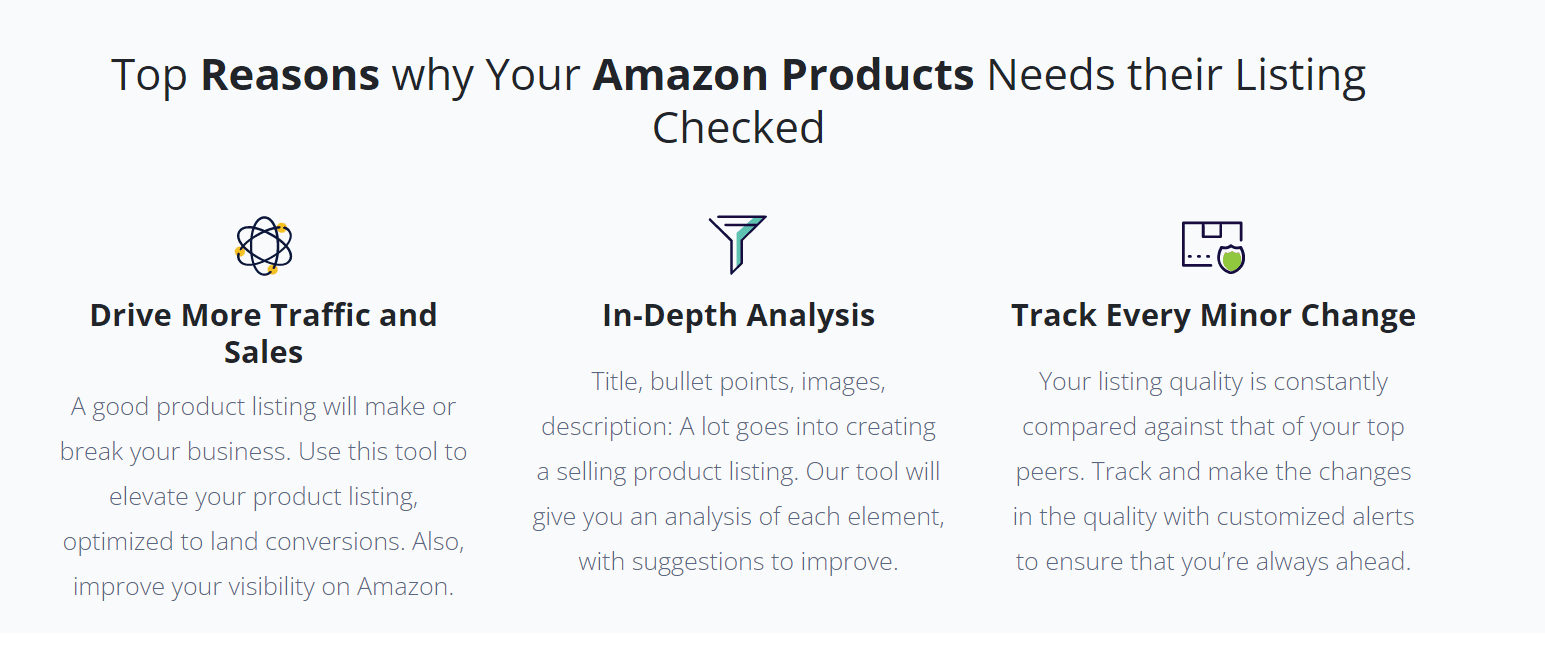Amazon is undisputedly the leader in ecommerce, with over twelve million items offered on the site. Third-party sellers have a plethora of opportunities to sell on Amazon, as it’s one of the first places consumers look, whether they’re in need of home décor, pet food, or skincare. But why?
Amazon has built a reputation all over the world as the place to find a huge variety of quality products at affordable prices because of its reputation and trustworthiness.
Amazon has become a global leader in ecommerce due to its seemingly endless selection of products, but it can also be daunting for those wanting to start selling. Third-party sellers must conduct comprehensive market research to generate sales of other people’s goods if they are to generate revenue.
To summarize, you must understand what sells, why it sells, and how people search for it online. Third-party selling involves using popular and in-demand products to make money without setting yourself up for failure by selling a product in a saturated market.
Can you tell us how you can find products to sell on Amazon and start monetizing them? I’ve compiled a simple guide that takes into account keywords, profit margins, customer demand, and competitor research. You will be able to pinpoint a number of profitable products if you follow this step-by-step guide.
Is Selling on Amazon Worth it?
You should face the facts if you are still unsure about whether to become an Amazon seller. In 2020, Amazon is expected to generate revenue of over $75 billion, with more than 50% of its sales coming from third-party sellers.
Amazon offers a great opportunity for newcomers to the world of e-commerce because it offers the chance to benefit from the incredible level of trust already established between the business and consumers.
Whether you’re just starting out in online retail or you’re an established brand seeking out new products on Amazon to broaden your offering, data-driven product research is essential.
You can end up with a huge inventory of outdated or worthless stock if you don’t conduct enough market research or take into account a product’s long-term value (LTV).
Finding Amazon products to sell
You should consider several key factors and use a number of tools to begin your research.
1. Amazon Best Sellers
Sellers on Amazon can use Amazon’s own consumer-based data to inform their decisions about what to sell. Analyze the Best Sellers section to see a comprehensive list of products rated 1-100.
Best Sellers lists are based entirely on sales volume, so you can see what people are buying most either in general or in more specific subcategories and niches.
Using Amazon’s Best Sellers Rank (BSR) metric, you can even further refine your onsite research. A value is assigned to each product based on the number of products in that category to help sellers track its performance.
It’s difficult to use BSR to directly predict whether a product will sell, but it’s useful as a starting point to estimate how many sales you are likely to make each day and decide whether it’s worth introducing to your own ecommerce product range.
Don’t forget to take the size of each subcategory into account. In addition to providing useful data, BSR provides rankings that are specific to the categories in which they appear.
This means rankings across categories cannot be compared. You can find out how many products are in a particular niche by searching ‘[]’ in the Amazon search bar for a specific category.
It is far more important to pinpoint products that rank in the top 10% of a category with a large volume of products rather than comparing rankings across categories, since each category has its own patterns of demand and various factors at play.
DS Amazon Quick View for Google Chrome can be installed for quick and easy identification of BSRs without clicking through to each product. Without having to navigate between product pages, you can view a product’s rankings in different categories and its pricing history.
2. Keyword Research
Utilizing Amazon’s own consumer data set and tools is one thing, but it’s also crucial to conduct thorough keyword research, considering both Google’s and Amazon’s search volumes.
For an ecommerce strategy that’s long-term and agile, you should consider investing in product keyword research tools.
- Jungle Scout
Jungle Scout markets itself as an ‘all-in-one Amazon selling platform’, and rightly so. Using their ‘opportunity finder’ is a great way to gain a clear and deep sense of search volumes for specific products, a feel for the level of competition in varying niches, and a sense of what sales opportunities are emerging.
The website even provides a Chrome extension that allows you to browse products in real time, analyze their search volume, and see how the competition is doing.
- Ahrefs
Besides Ahrefs, another favorite tool for keyword research is SEMrush, which SEO professionals and agencies use to discover keyword targeting opportunities and examine competitor sites.
By using Ahrefs to search for product keywords, you can customise the results of the keyword search to compare product results and find keywords with low competition and high demand.
- Amazon
It may surprise you, but you can perform initial keyword research directly on Amazon. Simply type in a product name into the search bar to see a wide range of search variants that consumers use most often to find your product, sorted by search volume.
3. Product Reviews
Having identified a product niche or having an idea of what products you wish to sell, take a close look at reviews for some more insight. You should consider how many reviews there are. It is usually a sign of an oversaturated market when a product has thousands of existing reviews, while one without any reviews can indicate a lack of demand.
Product reviews on Amazon reveal a lot about shortages in the market, with many shoppers going into detail about a product’s pros and cons and pointing out where it lacks. Take advantage of this free information, learn from other sellers’ mistakes, and offer a product to your target consumers that goes the extra mile.
Look at Other Marketplaces
eCommerce giants like Amazon aren’t the only ones. There are a number of other places where people shop online, and it’s worthwhile to check those sites out as well.
- Consider other marketplaces like Aliexpress, Alibaba, and eBay
- Trending items can be found in sections that list them. This can be found in the “What’s Trending Now” section of Alibaba.You can find it on eBay under “Explore Popular Categories.”
- Make a list of the items you want
- Check Amazon’s best seller page to see where those products are listed.
Trends can be found across the Internet, so anything popular on one marketplace is probably popular elsewhere as well. You can also purchase items on these sites that are underpriced and resell them on Amazon if you find them. It’s an online arbitrage strategy.
Quick Links
Conclusion : How To Find Profitable Products To Sell On Amazon 2024
Having a solid strategy and tools to find Amazon items to sell shouldn’t be too difficult, as you can see. Find out how to start your own private label business and find your first product using the advice here.







